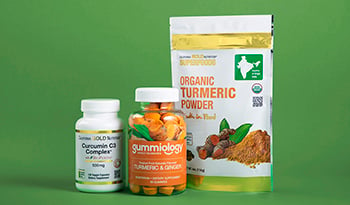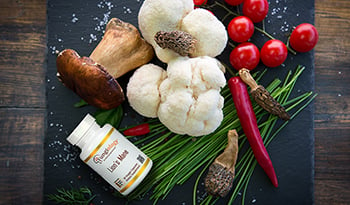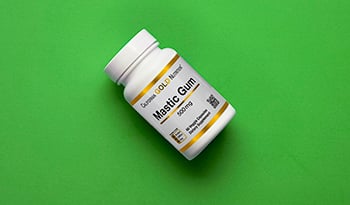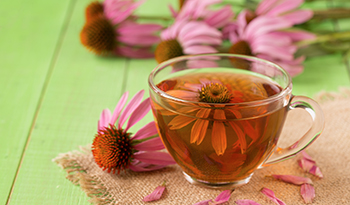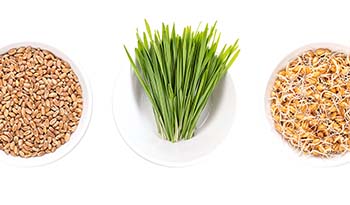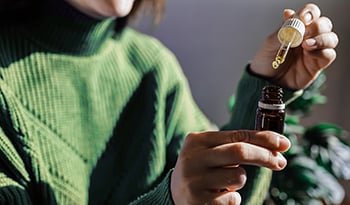Fenilalanin: egészségügyi előnyök, hangulat, mellékhatások
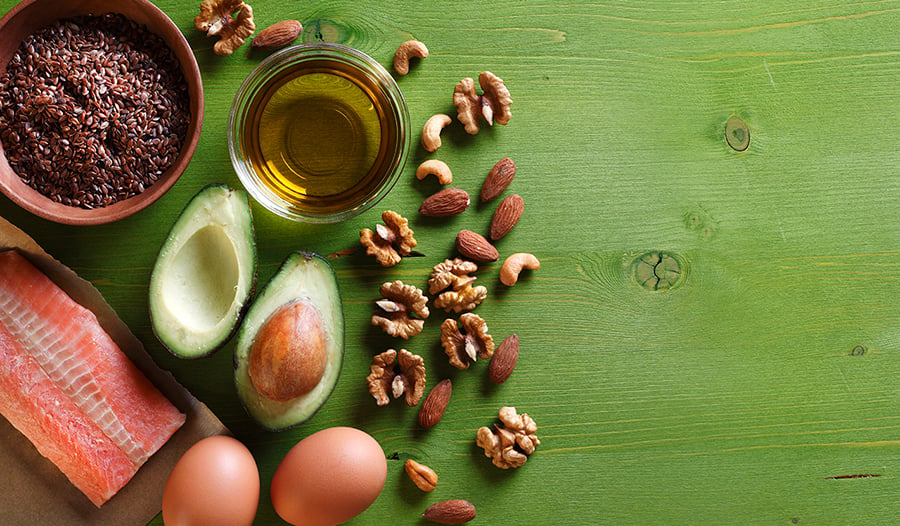
Mi a fenilalanin?
L-fenilalanin egy esszenciális aminosav természetes formája az emberi testben.
Az aminosavak olyan molekulák, amelyek láncokban kapcsolódnak, hogy peptideket és fehérjéket képeznek a szervezetben. A peptidek rövid aminosavláncok, amelyek két-ötven aminosavból állnak. Ha az aminosavak lánca meghaladja az 50-et, akkor fehérjének vagy polipeptidnek nevezik. A fehérjéket különböző szerepekben használják fel a szövetszerkezetben és a test működésében.
Az aminosavak specifikus száma és szekvenciája határozza meg a fehérje alakját és funkcióját. Tehát az aminosavak hasonlóak a szavak kialakításához használt ábécé betűihez.
Az emberi test húsz különböző aminosavat használ a helyes működéshez. Ezen aminosavak közül kilencet esszenciális aminosavnak nevezzük, és azokat az étrendben kell fogyasztani. A másik tizenegy képződhet a testben, és nem esszenciális aminosavaknak nevezik őket.
Az L-fenilalanin egy esszenciális aminosav, amely létfontosságú szerepet játszik a szervezetben, mivel azt testfehérjék, valamint fontos vegyületek előállításában használják fel az agy, ideg- és szív- és érrendszeri működéshez.
Mi az a D, L-fenilalanin?
D, L-fenilalanin (DLPA) az L-fenilalanin és tükörképének D-fenilalanin egyenlő keverékét tartalmazza. Mind az L-fenilalanin, mind a DLPA kapható étrend-kiegészítőként.
Élelmiszerforrások
A fenilalanin megtalálható a legtöbb élelmiszerben és nagyobb mennyiségben magas fehérjetartalmú élelmiszerekben, például tojásban, húsban és tejtermékekben, valamint diófélékben, magokban és hüvelyesekben.
Az L-fenilalanin egészségügyi előnyei
Az L-fenilalanint a testfehérjékben használják, de a neurotranszmitterek előállításában betöltött szerepe a legnagyobb figyelmet kapja.
A neurotranszmitterek olyan vegyi anyagok, amelyek idegimpulzusokat továbbítanak az egyik idegről a másikra. A neurotranszmitter gyártása során az L-fenilalanin átalakul az L-tirozinaminosavvá, amely aztán átalakítható dopamin, norepinefrin és epinefrin neurotranszmitterekké. Ezek a neurotranszmitterek befolyásolják érzésünket és gondolkodásunkat, valamint szabályozzák az olyan létfontosságú funkciókat, mint a pulzusszám és a vérnyomás.
L-fenilalanin és tükörképe, D-fenilalanin szintén átalakítható neurotranszmitter feniletilaminná (PEA). Ez az érdekes aminosav stimuláló és hangulatnövelő tulajdonságokkal rendelkezik.[1]
PEA -t az agysejtek szabadítják fel érzelmi eufória pillanataiban, beleértve a szeretet érzését is. És amikor a szerelemhez kapcsolódó ételre gondolunk, akkor csokoládénak kell lennie. A csokoládé viszonylag gazdag PEA forrása, ami lehet az egyik biokémiai oka annak, hogy ez az étel romantikához és szerelemhez kapcsolódik. Egyéb magasabb PEA-tartalmú ételek a szalámi, a pácolt hering és a cheddar sajt.
Bizonyítékok vannak arra, hogy a szervezetben a PEA alacsonyabb szintje melankolisabb hangulatokkal jár, és kimutatták, hogy a PEA-kiegészítés (10—60 mg/nap) fokozza a hangulatot humán klinikai vizsgálatokban.[1,2] A kiegészítő L-fenilalanin ugyanolyan hatást fejthet ki. De ne feledje, hogy a testmozgás 77% -kal növelheti a PEA szintet.[3]
Klinikai vizsgálatok kimutatták, hogy az L-fenilalaninnal, valamint a DLPA-val történő kiegészítés javítja a hangulatot. Az L-fenilalanin esetében a dózis viszonylag magas (1—10 g/nap) a DLPA-hoz képest (150-200 mg/nap).[4-6]
A DLPA egészségügyi előnyei
Amint fentebb említettük, a DLPA az L-fenilalanin egyenlő keveréke, és ellentétes tükörrel, D-fenilalaninnal. A DLPA-ban található D-fenilalanin körülbelül egyharmada átalakul L-fenilalaninná. A fennmaradó változatlan D-fenilalanin egyedi hatásokat fejthet ki, mint az L-fenilalanin.
Például a test fájdalomcsillapító endorfinrendszerére vonatkozó kísérleti modellekben a D-fenilalanin (DPA) olyan hatásokat mutatott, amelyek krónikus fájdalom, gyulladás és kábítószerrel való visszaélés esetén előnyökre utaltak.
A DPA-kiegészítéssel végzett humán klinikai vizsgálatok eredményei azonban vegyes eredményeket mutattak. Bár egyes jelentések pozitívak, a Texasi Egyetem kutatói által végzett humán kettős vak felmérés megállapította, hogy napi 1000 mg DPA négy hétig 30 krónikus fájdalommal küzdő embernél nem volt hatékonyabb, mint a placebo. Néhány tanulmány kimutatta, hogy a DPA fokozhatja az akupunktúra vagy az opioidok fájdalomra gyakorolt hatását. A DLPA tipikus adagolási ajánlása naponta 1500—2500 mg.[7-10]
Kockázatok
Sokan ismerik az L-fenilalanint a fenilketonuria (PKU) genetikai rendellenesség miatt. A világ számos országában az újszülötteket PKU-ra ellenőrzik. Ez a genetikai hiba megakadályozza az L-fenilalanin megfelelő felhasználását. Ennek eredményeként a fenilalanin felhalmozódik és fenilpiruvátvá alakul, ami rohamokhoz, agykárosodáshoz és mentális retardációhoz vezet. A PKU kezelése magában foglalja az étrend-bevitel korlátozását a magas fenilalanintartalmú ételek elkerülésével.
Mellékhatások
A fenilketonuriában (PKU) szenvedő embereknek, amely ritka genetikai rendellenesség, el kell kerülniük a fenilalanin bármilyen formáját. Azoknál, akiknél nincs PKU, az L- és D-fenilalaninnal és a DLPA-val végzett humán klinikai vizsgálatok nem számoltak be szignifikáns mellékhatásokat vagy biztonságossági aggályokat az általánosan alkalmazott dózisszinteken.
Referenciák:
- Sabelli HC, Javaid JI. Az effekt feniletilamin-modulációja: terápiás és diagnosztikai következmények. J Neuropszichiátria Clin Neurosci. 1995 tél; 7 (1): 6-14.
- Davis BA, O'Reilly RL, Placatka CL, Paterson IA, Yu PH, Durden DA. Az étrendi fenilalanin hatása a fenilalanin, fenil-etilamin és fenil-ecetsav plazmakoncentrációjára egészséges önkéntesekben. Prog Neuropsychopharmacol Biol Pszichiátria. 1991; 15 (5): 611-23.
- Szabo A, Billett E, Turner J. Feniletilamin, lehetséges kapcsolat a testmozgás antidepresszáns hatásaival? Br J Sports Med. 2001. október; 35 (5) :342-
- Fischer E, Heller B, Nchon M, Spatz H. A depresszió kezelése fenilalaninnal. Előzetes megjegyzés. Arzneimittelforschung. 1975 január; 25 (1) :132.
- Beckmann H, Strauss MA, Ludolph E. DL-fenilalanin depressziós betegeknél: nyílt vizsgálat. J Neurális transzm. 1977; 41 (2-3): 123-34.
- Beckmann H, Athen D, Olteanu M, Zimmer R. DL-fenilalanin versus imipramin: kettős vak kontrollált vizsgálat. Arch Psychiatr Nervenkr (1970). 1979 július 4; 227 (1): 49-58.
- Christianson DW, Mangani S, Shoham G, Lipscomb WN. A D-fenilalanin és a D-tirozin kötődése karboxipeptidázhoz A.J Biol Chem. 1989. augusztus 5; 264 (22): 12849-53.
- Halpern LM, Dong WK. D-fenilalanin: egy feltételezett enkaphalináz inhibitor, amelyet főemlősök akut fájdalommodellben vizsgáltak. Fájdalom 1986; 24:223—237.
- Walsh NE, Ramamurthy S, Schoenfeld L, Hoffman J. A D-fenilalanin fájdalomcsillapító hatékonysága krónikus fájdalomban szenvedő betegeknél. Arch Phys Med Rehabil 1986; 67:436—439.
- Russell AL, McCarty MF. A DL-fenilalanin jelentősen fokozza az opiát-fájdalomcsillapítást - példa az endogén fájdalomcsillapító rendszer tápanyag-/gyógyszerészeti felszabályozására. Med Hypotézisek. 2000 október; 55 (4): 283-8.
FELELŐSSÉGKIZÁRÓ NYILATKOZAT:A jelen blognak nem célja diagnózis felállítása...

















































































 Tartalomjegyzék
Tartalomjegyzék



